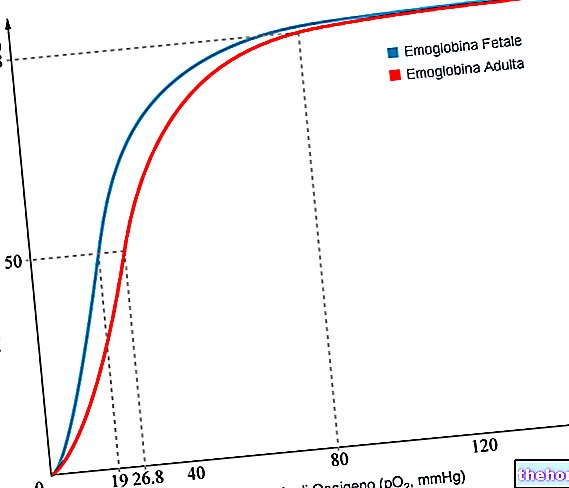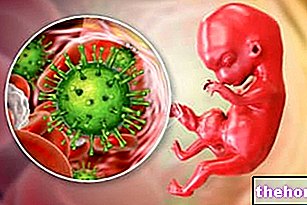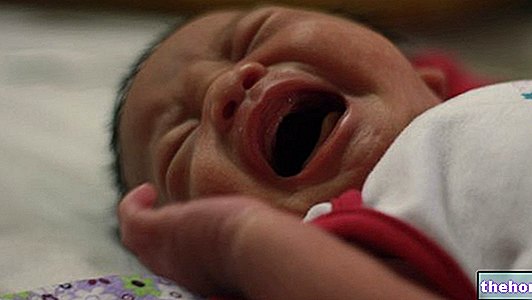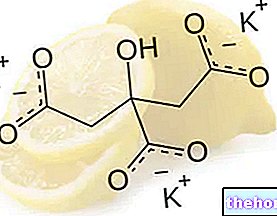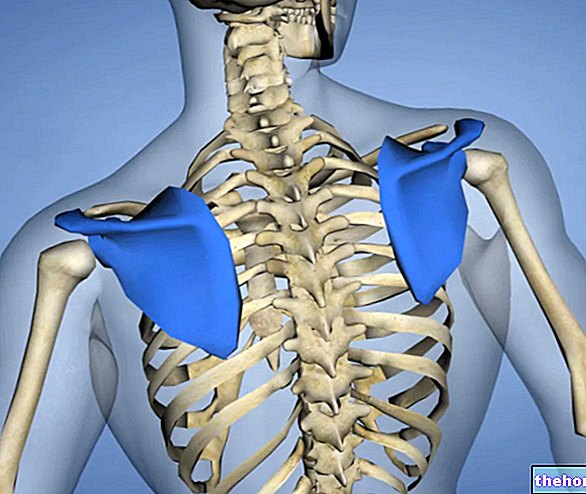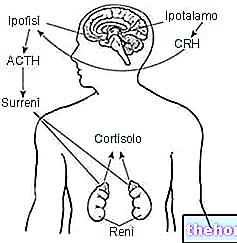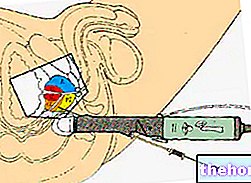
Edwards syndrome, or trisomy 18, is a rare genetic disease characterized by the presence of a third chromosome 18 in the cells of the affected individual.
Edwards syndrome is a very serious and incompatible condition with life: most of those affected, in fact, die before birth or are stillborn.
According to the most reliable research, it seems that Edwards syndrome is due to a "genetic aberration that takes place before conception and that concerns a sex cell of one of the parents or shortly after conception.
Typically, prenatal ultrasound scans, bi-tests, tri-tests, skeletal radiography, echocardiography, and amniocentesis or CVS are needed for prenatal diagnosis of Edwards syndrome.
Unfortunately, being the result of an unrecoverable genetic error, Edwards syndrome is an incurable condition, even when detected at an early stage of fetal development.
- Each cell of a healthy human being has 23 pairs of homologous chromosomes, so 46 chromosomes in all (23 are maternal and 23 are paternal); of these 23 pairs of homologous chromosomes, 22 are autosomal (the chromosomes that do not affect an individual's sex are autosomal) and one is sexual (the chromosomes that determine an individual's sex are sexual).
- In their totality, the 46 human chromosomes contain the entire genetic material, better known as DNA; the DNA of an individual is what establishes his somatic traits, predispositions, physical qualities, etc.
- DNA can undergo mutations, that is, alterations; these mutations can concern a DNA sequence inside one or more chromosomes (these sequences are called genes) or they can involve the number of chromosomes (we speak of trisomy, when there are 3 copies of the same chromosome, and of monosomy, when it is only one copy of a given chromosome is present).

